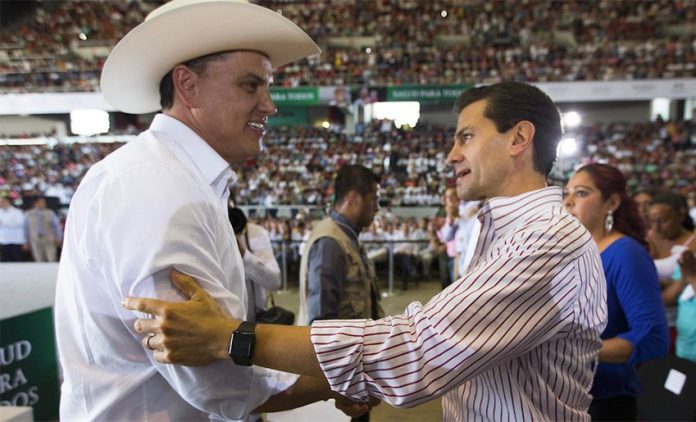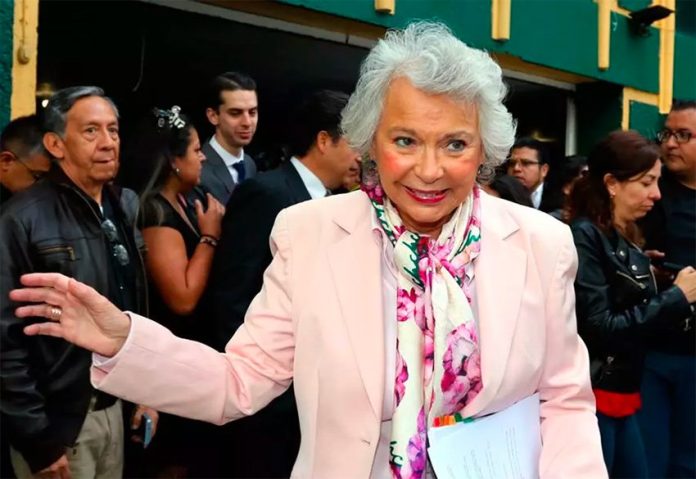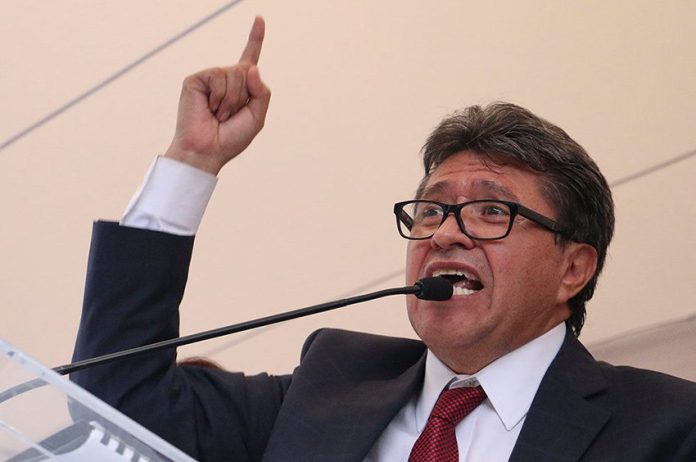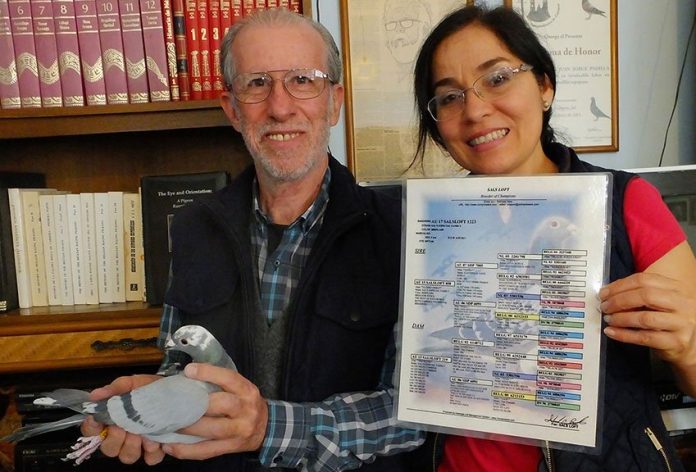While the media in Mexico are forever filled with chatter about futbol and béisbol, there is another sport dear to the heart of many Mexicans which rarely ever makes the news.
I’m talking about pigeon racing, which has been practiced as organized competition in this country since 1936. Nowadays this sport is most popular in Jalisco and Michoacán. The city of Guadalajara, for example, is home to some 1,100 pigeon fanciers, who put up to 45,000 birds into competition every year.
In Spanish, raising and racing pigeons is called colombofilia, which comes from the Latin word columba, which means dove or pigeon in English and paloma in Spanish. Pigeon fanciers say it is both an art and a sport, because it involves raising and caring for the bird, protecting it from sickness and training it to be a deportista (sports competitor).
In Greater Guadalajara there are approximately 25 clubs and every year they hold two big events: one competition for birds over a year old and another for yearlings, young birds, which are called pichones in Spanish.
Whoever wants to compete must register with a club which sends a representative to your house to take the exact GPS coordinates of your pigeon loft. Then, those of your birds that will compete are fitted with a band containing a radio-frequency identification chip which is registered in a very sophisticated electronic timing scanner which you must purchase.
Let’s say the competition is for yearlings who must fly from Zacatecas to Guadalajara, a distance of about 300 kilometers. Typically, some 25,000 birds may be registered for this. All these birds are driven to Zacatecas in specially modified trucks and are simultaneously released in some remote spot early in the morning.
Back in Guadalajara, the pigeon owner anxiously waits for his or her bird to arrive. When it does, the chip is recognized by the electronic scanner and the exact time of arrival is registered.
Next, the scanner must be carried to the club and its information transferred to the club’s computer. The computer then divides the exact distance flown by your bird by the amount of time it was flying and determines, on average, how many meters per minute the bird flew.
These calculations are important because the lofts at which these birds are arriving are scattered all around metropolitan Guadalajara, so the distance each flew from Zacatecas is slightly different. One bird’s average speed may differ from another’s by a fraction of a second.
I learned all this from Juan Jorge Padilla, a Guadalajara-based veterinarian who specializes in pigeons and doves. “How did you get interested in these birds?” I asked him.
“I was five years old,” Dr. Padilla told me, “and lived next door to a neighbor who raised pigeons. Well, they grabbed my attention because — unlike chickens — they could fly and they always came back. So my father bought a pair of pigeons from our neighbor and I started caring for them.”
“How do you train a pigeon to become a deportista?” I asked.
“Well, first you must understand that these pigeons are twice as big as ordinary ones. It’s like comparing a thoroughbred horse with one that pulls a hay wagon. For training them, you start off by letting your pigeon fly around at home so it gets to know its own rooftop. Then, when it’s three or four months old and used to being on its own for at least an hour, you take it on trips five kilometers away, to the north, south, east and west, so it begins to develop its sense of orientation. You let it loose and it starts to fly and it comes back to its loft.”
“What if a hawk spots it?”
“Yes, this happens — or they are shot by a hunter and they come back missing feathers, or a tail, or they don’t come back at all. Some of mine have returned wounded and you can tell what happened to them. An injury from a BB gun and a wound from a hawk’s claw are very different. But you stitch them up, you heal them, and they survive.”
I asked Padilla how far homing pigeons have been known to fly and he told me a story related in The Book of the Racing Pigeon by Carl Naether. It seems that in February of 1930 a blue-blooded racing pigeon bred at Elmont, Long Island, in the United States was sold for breeding purposes to a mining engineer in Caracas, Venezuela.
In May of that year, Miss 1303, which was her name, escaped from the engineer and in August 1931 she was found in her old loft, in fine condition, even though she had flown more than 3,000 miles from South America to Long Island.
The story of Miss 1303, however, pales in comparison with a report by John Frazier Vance, writing in Scientific American. In his article What Brings Them Home? Vance says that an experiment was carried out on August 15, 1931 at Arras, France, to see if a homing pigeon could find his way back to Saigon, Indo-China, 7,200 miles away.
The bird, which is unnamed, is said to have arrived at his home loft on September 9, only 24 days after takeoff.
The more I heard about raising homing pigeons, the more I came to understand that la colombofilia is a rather expensive hobby. However, Juan Jorge Padilla told me the first prize for a competition in Guadalajara might be a mere 5,000 pesos, with 4,000 to 1,000 pesos going to the following four winners.
“You can definitely make more money raising canaries,” he told me, “but your emotional connection with the canary will never be anything like what you feel for una paloma. The pigeon you can hold, you can caress; you witness the birth of its babies, you suffer if it comes home hurt.
“We say this bird is tame, but the moment it’s on its own it must become wild, it must find its food and water; it must ride out storms, navigate in fog; it must avoid cats, possums, mountains and dangerous air currents. It must survive.”
“It can fly up to 120 kilometers per hour with a favorable wind,” Padilla continued. “but a hawk could catch up with it if the pigeon is tired. Then, at the last moment, the bird must have nerves of steel and execute a ‘barrel roll’ like those performed by fighter pilots to escape those sharp talons.
“That’s why you don’t really care if your pigeon wins, but what satisfaction you feel when it suddenly appears on your roof after a flight of hundreds of kilometers! You raised that bird from a little hatchling, as if you had personally trained a marathon champion from babyhood on.
“This satisfaction, seeing it arrive, maybe seeing it win, simply has no price! It is unique and it holds a special place in your heart and in your soul.”
The writer has lived near Guadalajara, Jalisco, for more than 30 years and is the author of A Guide to West Mexico’s Guachimontones and Surrounding Area and co-author of Outdoors in Western Mexico. More of his writing can be found on his website.
[soliloquy id="60985"]









